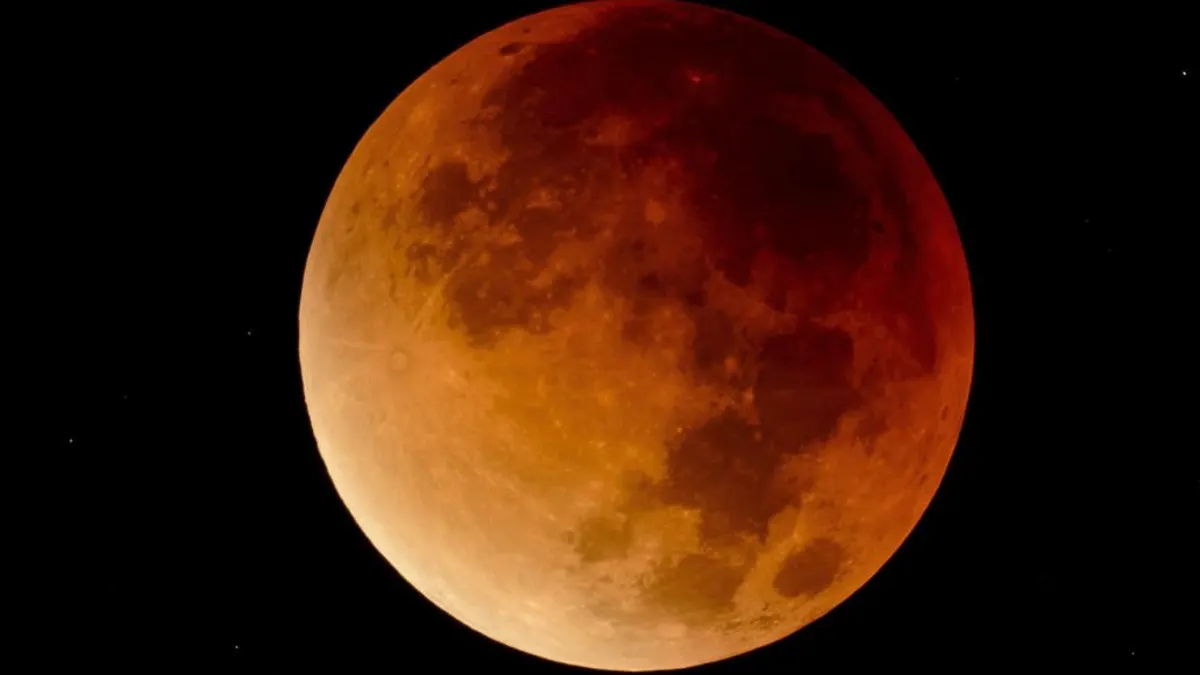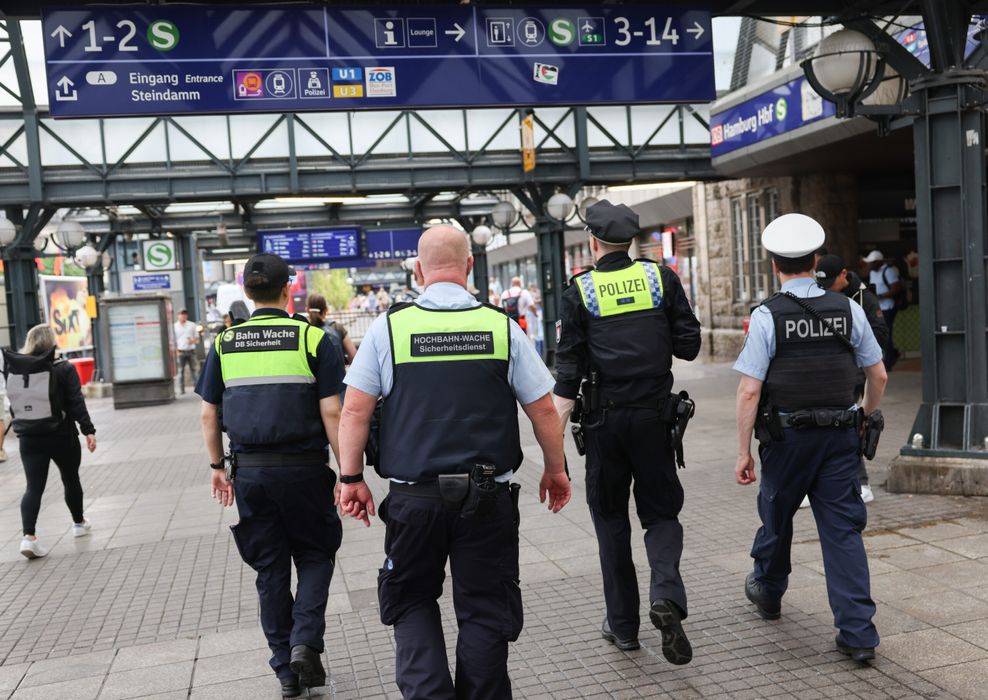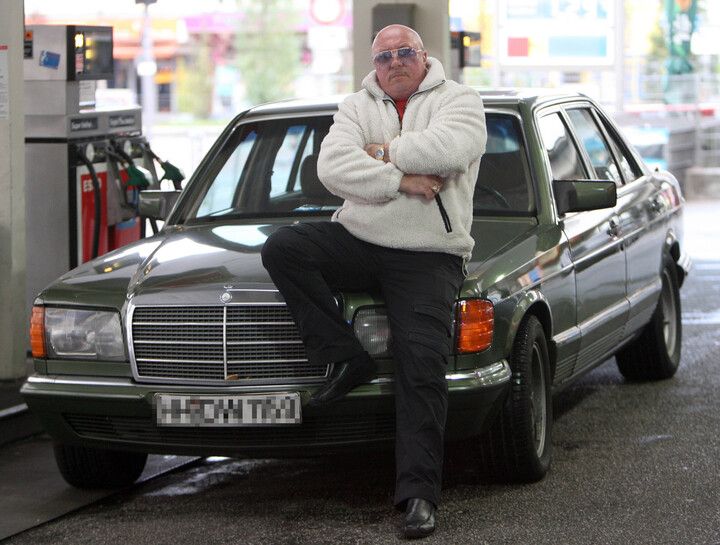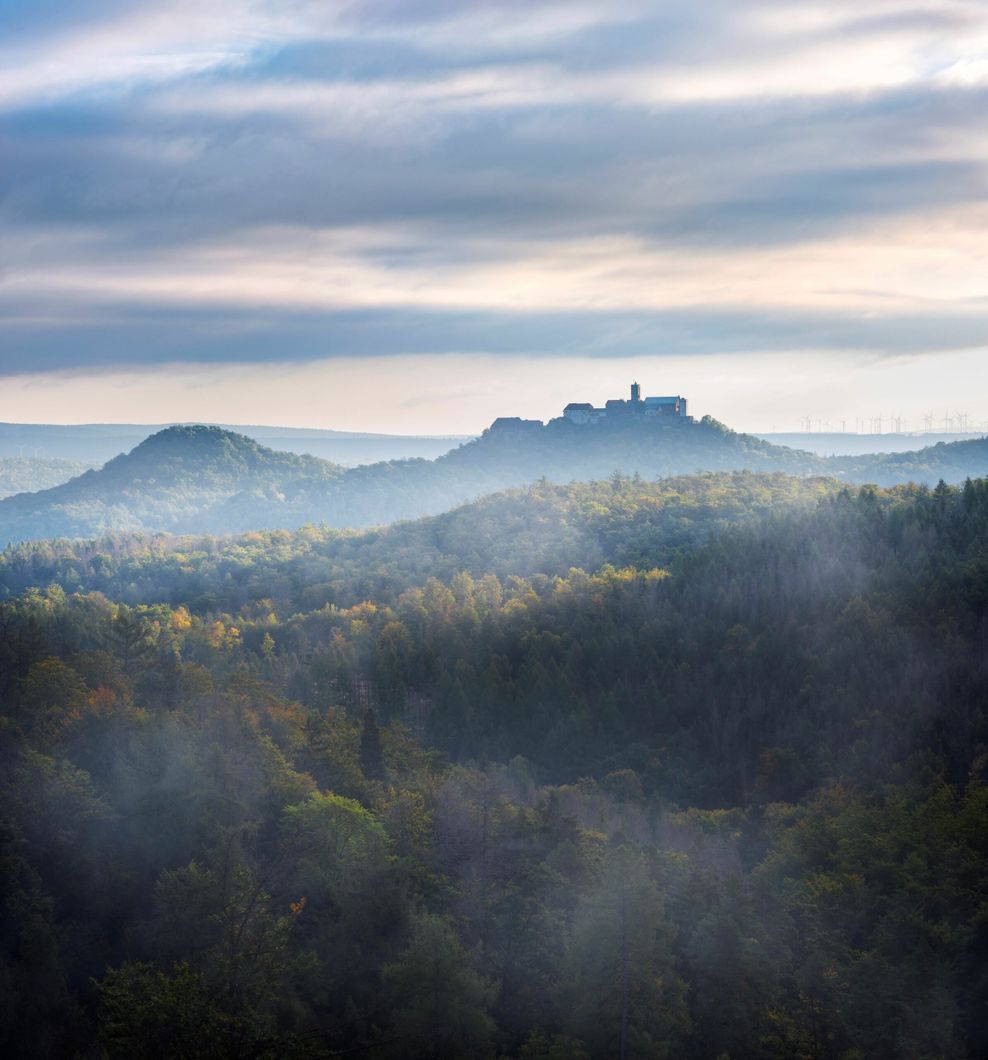LITTLE TOKYO – A starring role at an Asian American theater, on a small Little Tokyo stage, brought Zandi De Jesus out of a 15-year theater hiatus.
De Jesus, a lifelong performing artist, went into survival mode after she was diagnosed with stage three breast cancer at 27.
After a stage reading and ultimately being cast as a leading role, her passion for performing was reignited at the nation’s largest Asian American theater, East West Players.
She found herself steeped in a first-hand look at a legacy that still burns bright as the theater approaches its 60th year.
The theater, after all, is housed in a building that once stored the belongings of Japanese Americans forced into internment camps during World War II.
Now, East West Players is known as a home, or a passing home, to beloved Asian American actors such as James Hong, George Takei, John Cho, Mako Iwamatsu, Nancy Kwan, Daniel Dae Kim and many others.
Formed by pioneering Asian American performing artists in the 1960s, it remains a foundation for not just aspiring artists, but for many successful actors.
“I believe East West Players is a beacon of hope for change and for endless possibilities,” De Jesus said.
Those possibilities are taking center stage this month, as a new artistic director arrives and the theater prepares for its anniversary next year.
Incoming Artistic Director Lily Tung Crystal said that East West Players represents not just a symbol or a home, but a space for Asian American voices to be amplified.
Tung Crystal, a Los Angeles native, officially began her work in August, formerly artistic director of the Minnesota-based Asian American theater group Theater Mu.
“My life’s work has been at the intersection of social justice and art,” she said, noting a continued focus that will push back on racism in theater while promoting increased representation of Asian Americans in film and television and seeking more Asian American stories in media.
Lily Tung Crystal is the newly appointed Artistic Director for East West Players. (Courtesy of Dani Werner)
‘A beacon for all of us’
Tucked inside the nearly century-old Union Center for the Arts in Little Tokyo, East West Players’ performances are staged at the 240-seat David Henry Hwang Theater. East West Players has produced more than 220 plays and collaborated on numerous theatrical productions.
Founding members Mako Iwamatsu (Mako), James Hong, Rae Creevey, Beulah Quo, Soon-tek Oh, Pat Li, June Kim, Guy Lee, and Yet Lock – launched the organization in 1965, creating a sanctuary for Asian Americans to pursue their artistic endeavors.
Founders James Hong (left) and June Kim (right) at the EWP warehouse in 2023. (Courtesy of East West Players)
“You had all of these talented artists, writers, directors who weren’t even given a chance because of the way they looked,” De Jesus said.
Outside of cultivating beloved theatrical productions, the theater aimed for something larger: “to inspire and advocate for a world free of racism and discrimination through transformative artistic works,” reads their website.
Tung Crystal’s aspires to push for national collaboration with diverse theater groups.
Navigating the world as an Asian American performing artist can be a lonely experience, Tung Crystal said.
“As an Asian American person growing up as an actor and singer, I didn’t see a lot of role models in my life and there weren’t many theater companies that did the work where I could find myself represented,” Tung Crystal said.
She counted herself among the many who have landed at East West Players — “a beacon for all of us Asian American theater artists.”
Indeed. For many Asian American members of the arts community, such as Tung Crystal, the theater group was the only organization providing representation, authenticity and community.
A space to ‘push these boundaries.’
Like the many performers who have taken to its stage, the organization endured quite a journey.
It traveled between auditoriums, calling a 99-seat Silver Lake theater a home until 1998, when the group moved to the David Henry Hwang Theater in Little Tokyo.
Lily Tung Crystal, the artistic director for East West Players, an Asian American theater group in Little Tokyo, greets a sold-out crowd on Saturday, Aug. 17, 2024, at the David Henry Hwang Theatre in Los Angeles. (Photo by Howard Freshman, Contributing Photographer)
David Henry Hwang is a Tony-award winning playwright, professor and screenwriter, known for plays “M. Butterfly,” “Chinglish” and “Yellow Face” among others.
Hwang collaborated numerous times with East West Players and played an integral role in the theater’s rising presence in the arts industry.
Over the past six decades, East West Players continued to be a home for Asian American aspiring performers.
It stands as the longest-running Asian American theater and “largest producer of Asian American theatrical works”, according to its website.
De Jesus, a fellow Los Angeles native, is a lifelong singer and performing artist and followed the arts throughout university and even in New York, where she was cast in a national tour.
After settling down in California again to start a family, De Jesus was diagnosed with breast cancer two years into motherhood, so she made the decision to halt her performing arts pursuits.
Years later, a college friend asked her to do a stage reading at East West Players, which De Jesus said was her first introduction to the organization.
She was eventually cast as the main lead in “On This Side of the World” by Noam Shapiro and Paulo K Tiról, a musical about a woman who flies from the Philippines to the U.S. with a suitcase full of stories of immigrants who came before her.
“This story is so close to my heart because my parents are Filipino immigrants,” said De Jesus. “It was the experience of a lifetime, to be a part of a beautiful production where Filipino and Filipino American artists could shine in this space.”
De Jesus emphasized that East West Players also pushes social boundaries, while simultaneously being an arts space.
“The arts have always been a huge, impactful medium for social activism,” she said. “East West Players provides a space for Asian Americans to push back on societal norms.”
De Jesus said that East West Players also reimagines traditional shows, like “Mamma Mia,” filled with diverse casts that contrast with their progenitors, dominated by mostly White actors.
Founder Beulah Quo (left), John Cho (middle), and Deb Nishimura (right) in Ikebana in 1996. (Courtesy of East West Players)
“It’s to say that we are extremely capable and we need to push these boundaries of what a cast needs to look like,” De Jesus said.
In 1979, East West Players produced the Tony-award winning musical “Pacific Overtures” by John Weidman and Stephen Sondheim, with founding member and original cast member Mako returning to his role as The Reciter, which was a Tony-nominated performance in 1976.
Founding artistic director Mako as the Reciter in Pacific Overtures in 1979. (Courtesy of East West Players)
Even before reaching its 15th anniversary, East West Players was a rising producer of not just award-winning productions but award-nominated artists.
It is important to appoint leaders who are part of underrepresented groups, to further diversify the storytelling of marginalized groups, according to Tung Crystal.
“I think these leaders in general carry a lot of responsibility, because we not only have the responsibility to make art, but to intersect it with social justice and to give our communities a voice,” she said.
‘You cannot stereotype us’
While this new direction is positive, Tung Crystal acknowledged that the work is not done.
The struggle for more Asian American faces in the arts will continue at East West Players, she said.
Tim Dang was East West Player’s artistic director from 1993 to 2016 and worked closely with founding members of the organization, including Mako.
He first came to East West Players as an actor in 1980, when he was fresh out of USC with a degree in musical theater performance.
David Henry Hwang (left) & Tim Dang (right) in front of the Union Center, mid-renovation. (Courtesy of East West Players)
After all these years, Dang said he remains heartened to see Asian Americans in leading roles in all art forms, emphasizing the significance of authentic representation in beloved areas of entertainment, like theatre.
“All of these pioneers are who all of us artists now stand on,” said Dang. “Because if it wasn’t for them and their fortitude to carry on, there wouldn’t be so many of us now.”
Dang said that a standing vision of East West Players is the diverse storytelling of the Asian diaspora.
“We are everything,” he said. “You can’t say that we are just serious, or just issue oriented, we embody everything. You cannot stereotype us.”
Dang said that the storytelling of East Asian, South Asian, Indigenous and Pacific Islander experiences and more is a standing goal for the theater.
During his time as artistic director, Dang mentioned that another element of East West Players was the mark it left on the audience.
“It’s something where you have perspective and you are empowered to try to create or communicate the change that is happening,” he said.
The perspective that the outside community had on East West Players was crucial, because Dang wanted people to understand the diversity of the Asian American community.
Exposure to the diverse communities, individuals and experiences of the Asian diaspora is fundamental, especially if it is told through the arts, according to Dang.
‘Needed to tell their stories.’
Yuko Kurahashi, a newly retired professor of theater at Ohio’s Kent State University, wrote her dissertation on East West Players in the 1990s.
Born in Tokyo with a lifelong appreciation of the arts, Kurahashi said she is passionate about multicultural theater and has written dissertations, books and articles on the subject.
Her 1999 book, “Asian American Culture on Stage: The History of East West Players,” was a result of Kurahashi briefly relocating to California to learn about the organization.
Kurahashi spent six months researching and speaking to artists from East West Players, recalling many of them “taking care of her.”
While she ran into challenges along the way, including the limited information on Asian American performing arts, she realized how important her research was.
“[East West Players] needed to tell their stories to someone, to document it, and they were passionate about my project,” she said. “So that was very surprising.”
Alexandra Hellquist as Lillian Gish (top) and Gavin Kawin Lee as James B. Leong (bottom left) and Ron Song as Moon Kwan (bottom right) in “Unbroken Blossoms” at East West Players. (Photo by Zev Rose Woolley)
Out of the many actors Kurahashi spoke with, she recalled speaking with beloved actor Mako, who even invited her to a Thanksgiving dinner.
Mako told her that pursuing acting in the 1960s was extremely difficult because acting schools did not take him, Kurahashi said.
When he was offered roles, they would be the roles of gardeners or servants, according to Kurahashi.
“Mako and this group started this so people would come see them perform something they didn’t think about, like Shakespeare or contemporary works,” said Kurahashi. “They also wanted to nurture the next generation of artists and actors.”
Kurahashi, pivoting off of De Jesus and Tung Crystal, said social justice was a vital element of the organization.
East West Players did a number of “internment camp” plays to echo the atrocities Japanese Americans faced in the internment camps during World War II, she said.
“They are the pioneers, as a collective and as individuals,” said Kurahashi, referring to this intersection of the arts and social activism.
Throughout her research endeavors, Kurahashi discovered that in the early years, East West Players performed Japanese and Korean classics to showcase their cultural identity, as some of them were born in those countries.
However, the group also performed non-Asian classics to prove that Asian Americans could be the face of traditional shows.
Performing granted these artists visibility within their multicultural space and identities.
The organization has left quite an impression, according to Kurahashi.
“Veteran playwrights came out of East West Players,” she said, referring to the legacy it created and the future steps it will take.
East West Players was even the star feature in an episode of PBS’s arts & culture documentary series, “Artbound”.
Union Center for the Arts is the former Union Church built in 1922 is home to the East West Players, a beloved Asian American theater in Little Tokyo that is turning 60 years old next year seen here on Wednesday, Aug. 28, 2024. (Photo by Dean Musgrove, Los Angeles Daily News/SCNG)
The episode highlighted beloved names, veteran performing artists and artistic directors who called East West Players a home during their career.
“They are also diversifying the stories because it was primarily East Asian voices in the beginning,” she said.
Kurahashi encourages audiences to continue to support these diverse productions, so that East West Players can embrace new changes.
De Jesus echoed Kurahashi, highlighting the significance behind supporting and uplifting organizations like East West Players, who not only cultivate new work, but reimagine existing works in a way that resonates with the audience.
“That example of being the agent of change, that is what East West Players is about,” she said. “If the established mainstream isn’t going to give us a chance, we’re going to create our own chance – they’ve come so far and there is so much more to come.”
For more information on East West Players, visit https://www.eastwestplayers.org/about-us.


























